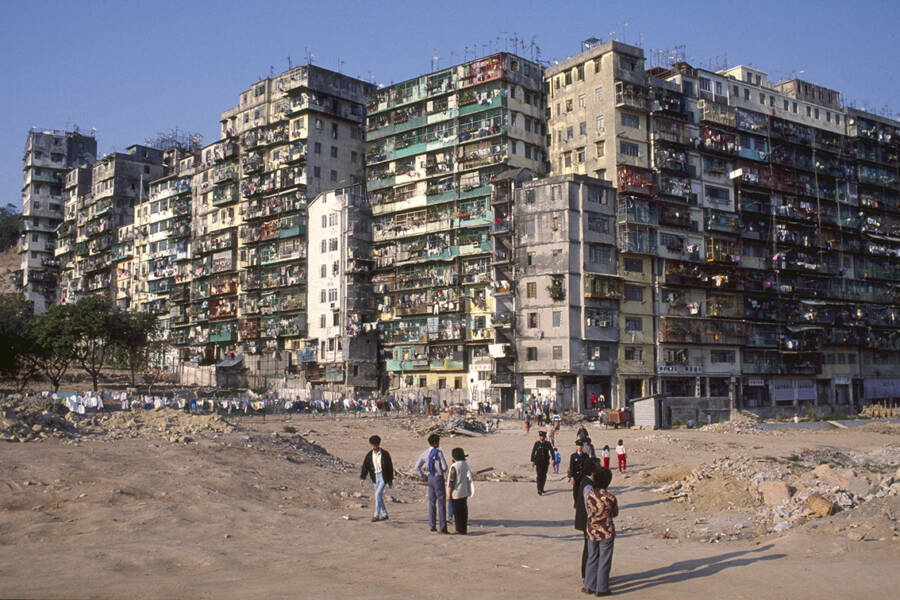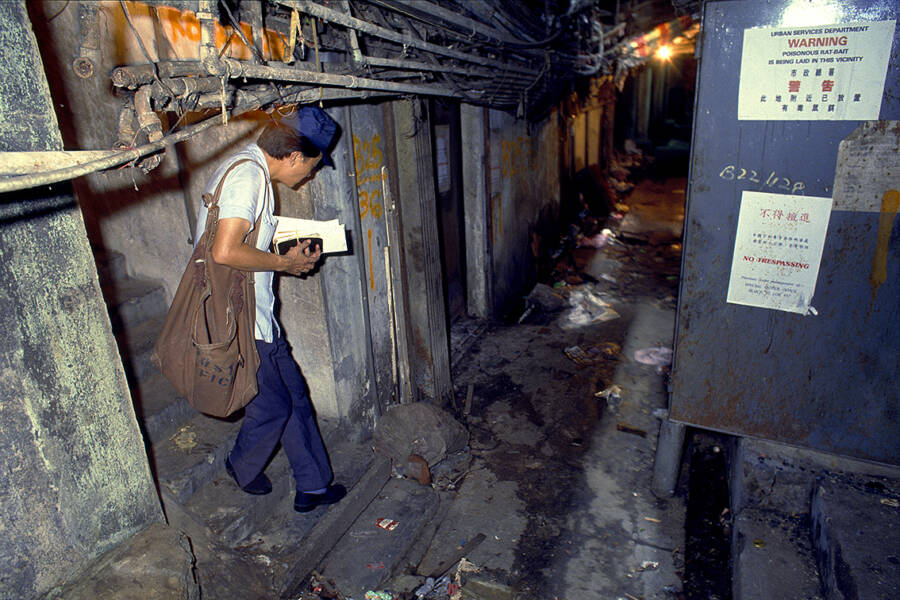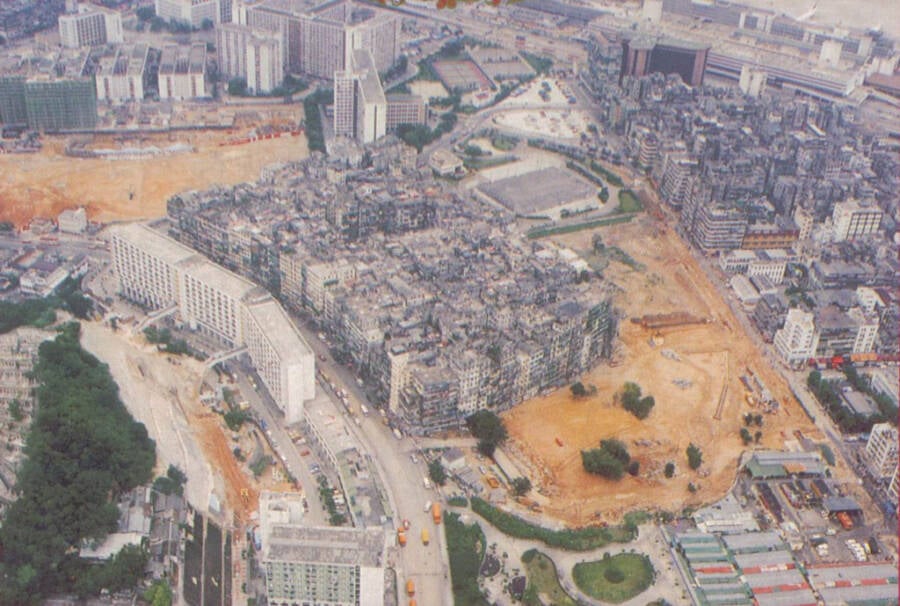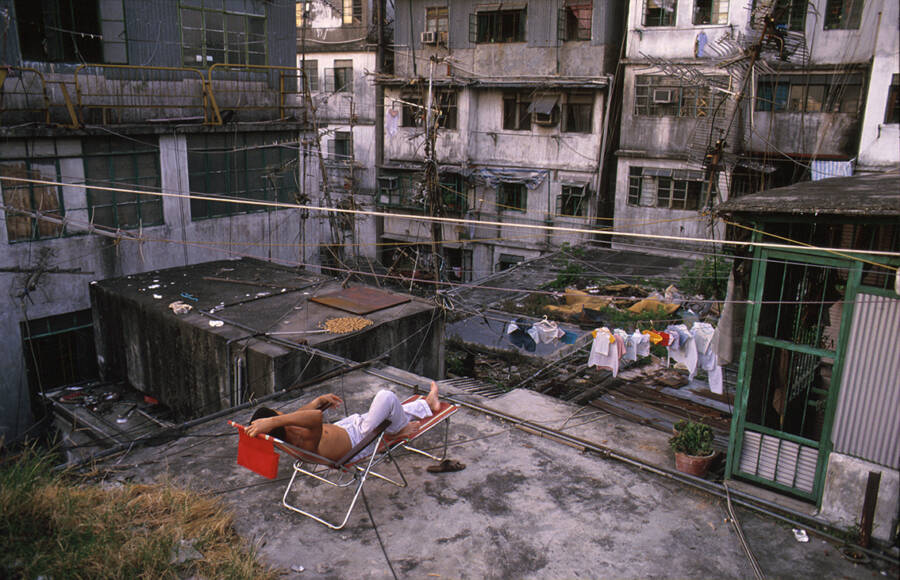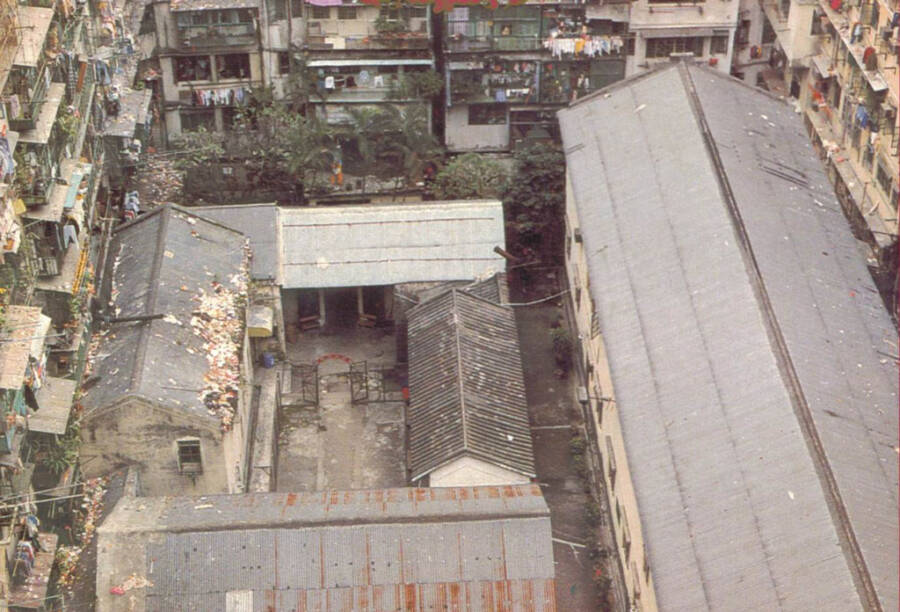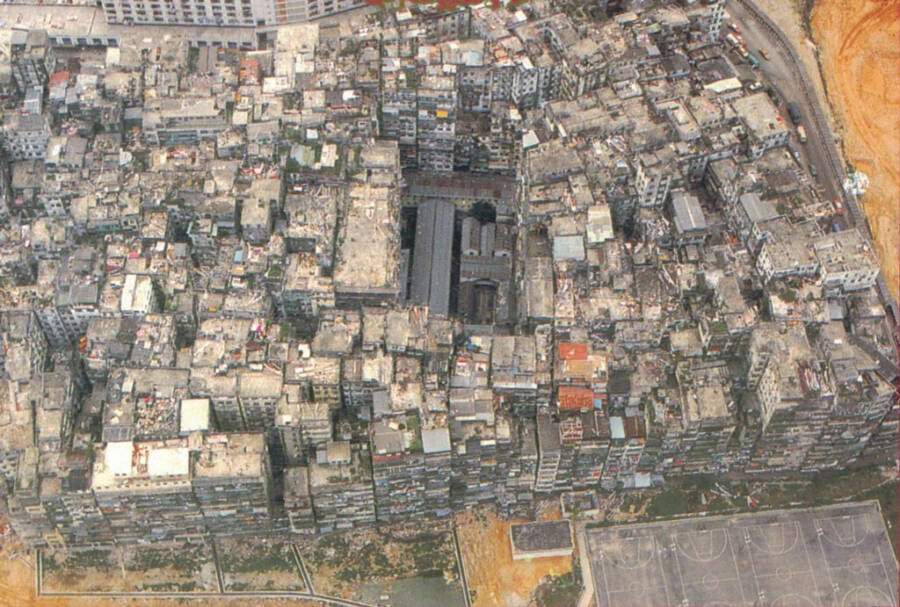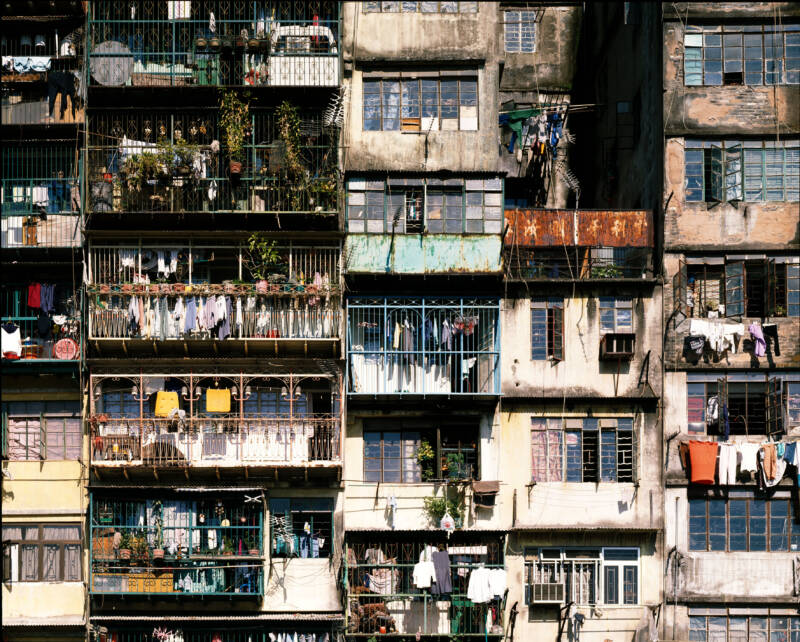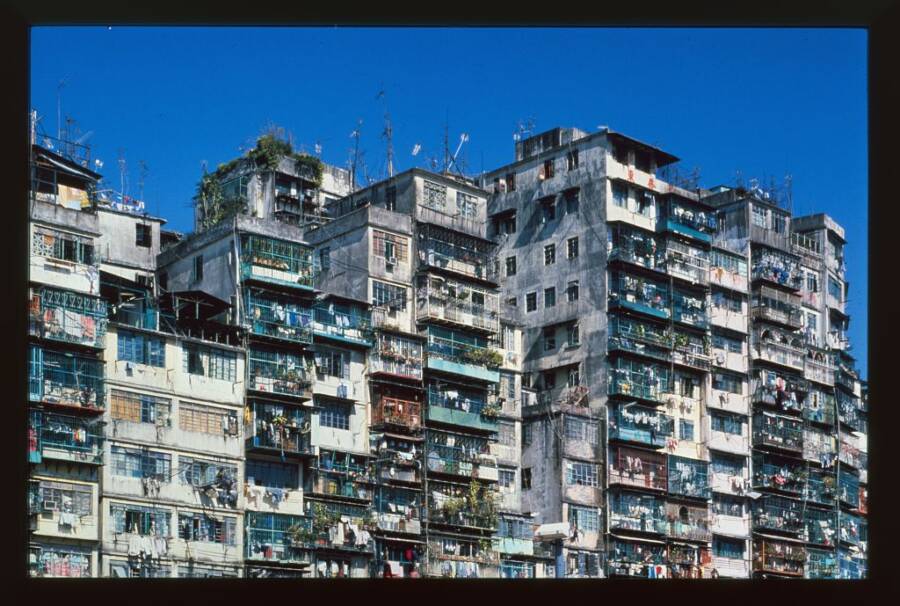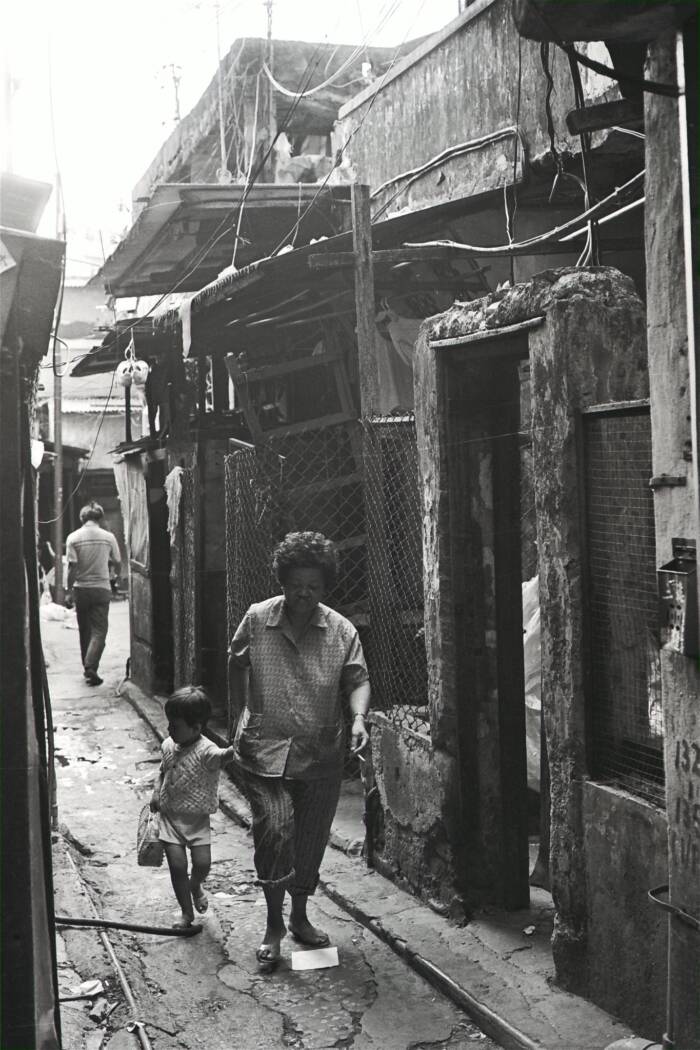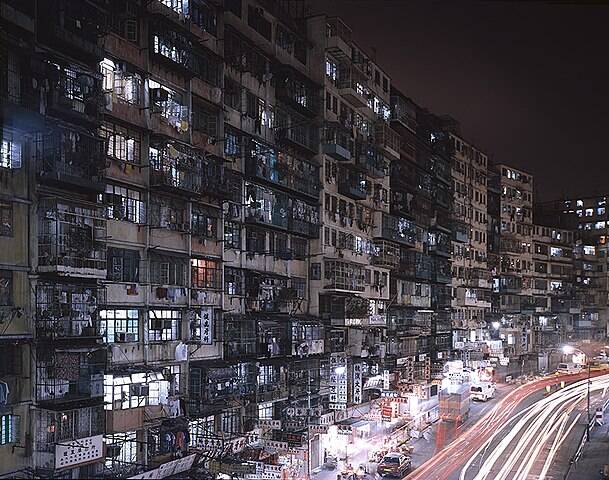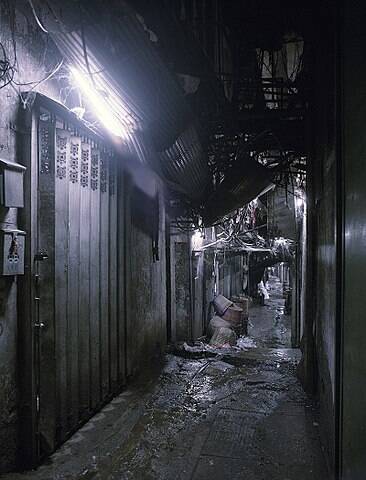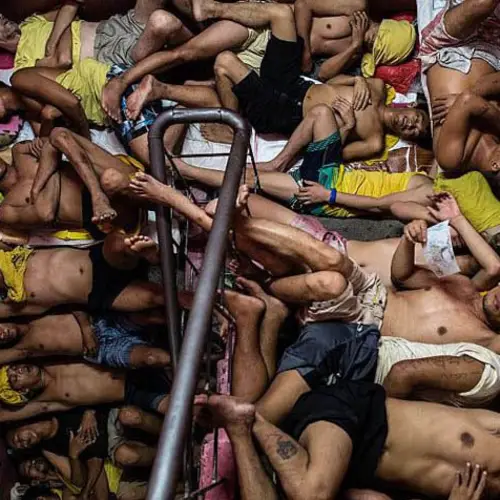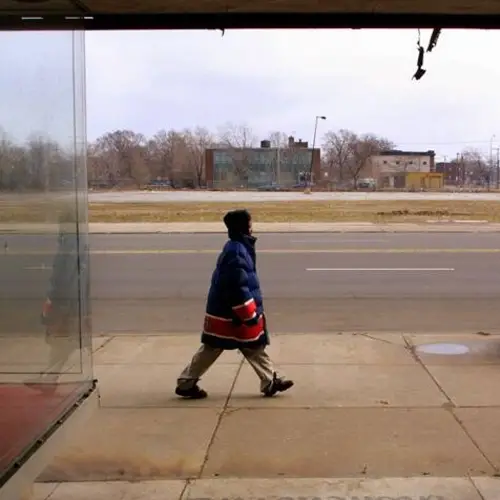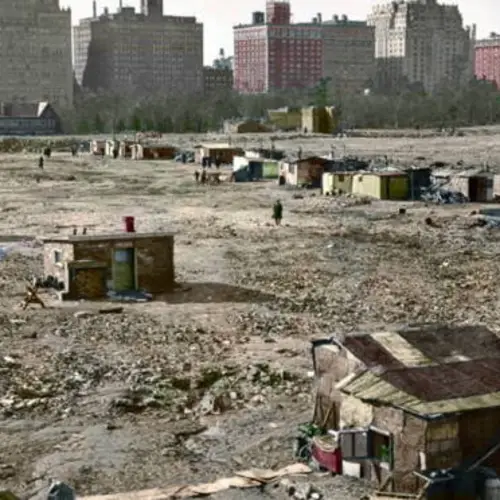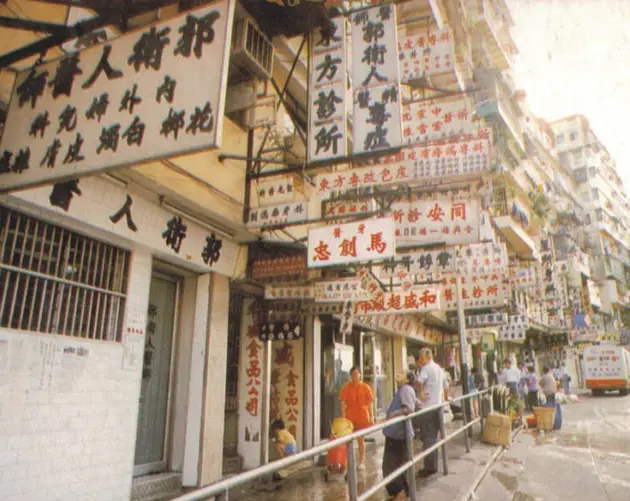Known as the "City of Darkness," Kowloon Walled City was a largely ungoverned Chinese enclave in British Hong Kong that contained up to 35,000 people by the 1980s.
Cities are dynamic places, urban jungles where people pack together in densely clustered buildings. But there's never been a city quite like Kowloon Walled City. For decades, tens of thousands of people lived and worked within this tiny slice of Chinese land within British Hong Kong.
Just 6.4 acres in size, Kowloon Walled City nevertheless contained up to 35,000 people by the 1980s. They lived in an incredibly dense enclave filled with 350 buildings and hundreds of alleyways. This one-of-a-kind place was also known as the "City of Darkness" due to its lack of natural light.
So how did Kowloon Walled City emerge? And why was it destroyed? Here's the story behind the enclave once considered the densest place on Earth.
The Political Birth Of Kowloon Walled City
In the aftermath of the 19th-century Opium Wars, Great Britain took over a region in China called Hong Kong. But the Chinese refused to cede a tiny parcel of land on the Kowloon Peninsula. This land contained a walled military fort, 700 feet long and 400 feet wide, which was known as Kowloon Walled City. And the Chinese were adamant in their desire to keep it.


Public DomainA depiction of the Second Opium War (1856-1860), which resulted in the British takeover of the Kowloon Peninsula.
Over the decades, China maintained a stubborn grip on this small piece of land. After World War II, refugees flooded to the area, even though much of it had been destroyed during the war, because they could count on the support of the Chinese government if they were pressured by Hong Kong officials to leave. The Chinese defended the thousands of refugees there and attempts to evict them went up in smoke.
Then, the refugee camp started to become something more permanent.
Life Inside The Densest Place On Earth
Kowloon Walled City soon evolved into something akin to a Borg Cube. Though it contained hundreds of buildings, it looked like one continuous, sprawling structure. Each tower squeezed into the next, and sometimes even leaned into its neighbor. Dark tunnels and alleyways crisscrossed the buildings, and since neither China nor Hong Kong paid much administrative attention to the city, people could literally disappear inside it.
"Quite often houses were built by building onto the next building, punching out walls to use their staircases," photographer Greg Girard, who documented the enclave with Ian Lambot for their book City of Darkness: Life in Kowloon Walled City, told CNN. "A lot of them didn't have access to air or open space, because they were enclosed in the center of the structure."
Crime thrived in this lawless place, where gangs, drugs, and sex work were rife. But the enclave was also a place of community and industry. It contained factories and shops, and families supported each other.
"We all had very good relationships in very bad conditions," former resident Ida Shum told The Travel Club. "People who lived there were always loyal to each other. In the Walled City, the sunshine always followed the rain."
But Hong Kong officials had long desired to turn the settlement into a public park, and in the 1990s, they finally got their opportunity. Then, the 99-year lease that Britain had on Hong Kong expired. The territory transferred back to the Chinese, and Kowloon Walled City lost its political importance.
How Kowloon Walled City Was Destroyed
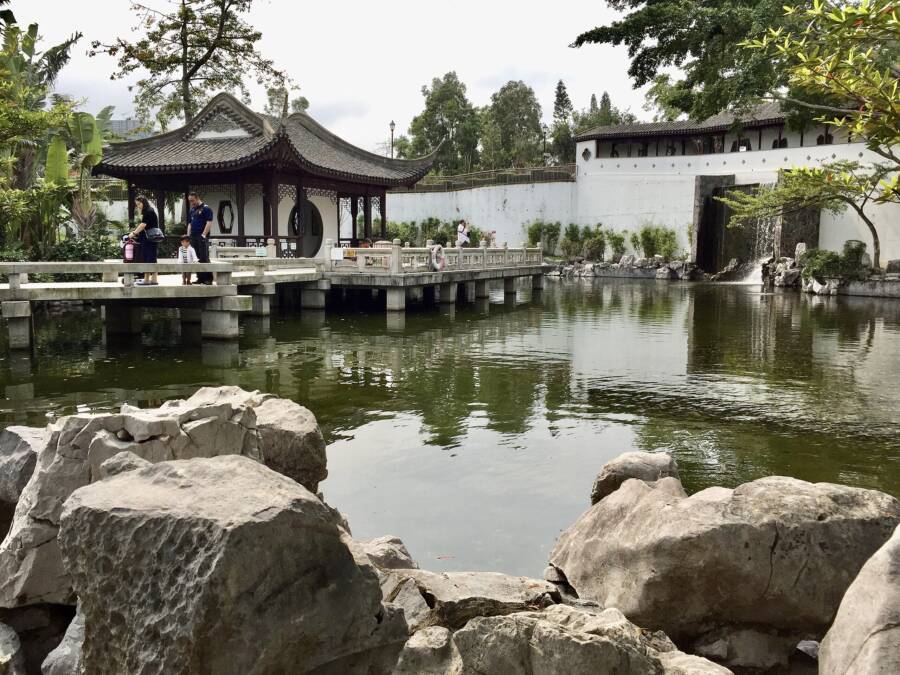

永愛所有小貓咪/Wikimedia CommonsToday, a park stands at the site of Kowloon Walled City — surrounded by the modern Kowloon City section of Hong Kong.
On December 19, 1984, Britain and China agreed to cede Hong Kong back to the Chinese in July 1997. And over the next several years, officials prepared for the imminent destruction of Kowloon Walled City.
First, residents were offered compensation packages for leaving. Next, those who refused to leave their homes were forced out. And then, on March 23, 1993, the destruction of the settlement officially began.
Over the next year, the sprawling urban skeleton was taken apart piece by piece. Developers uncovered several layers of the city's history, including its original wall, iron cannons, and granite plaques marked with the words "South Gate" and "Kowloon Walled City."
In 1995, a park opened where the city had once stood. Instead of teetering buildings and twisted alleyways, the new space contained gardens, bamboo, and water features. But the new Kowloon Walled City Park also included nods to the enclave that had once stood on its grounds, including a bronze miniature display that captured the intense density of the old city.
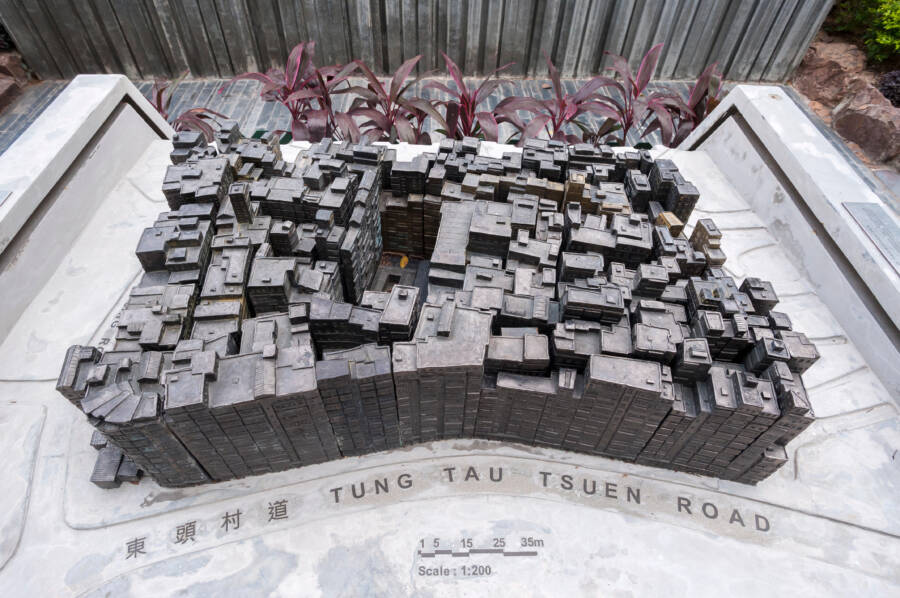

Paul Rushton/Alamy Stock PhotoA bronze miniature display of Kowloon Walled City captures its lost spirit.
Girard, who photographed the area, told CNN that it was a special place. But to the people who lived there, Kowloon Walled City was simply home.
"People were doing very ordinary things," he said. "It's just that all these ordinary things were happening in an extraordinary place."
In the gallery above, look through 39 photos of Kowloon Walled City, which was once the densest settlement on Earth.
After learning about the rise and fall of Kowloon Walled City, look through these incredible photos of underground cities that exist around the world. Or, peruse these eerie photos of China's uninhabited "ghost cities."
